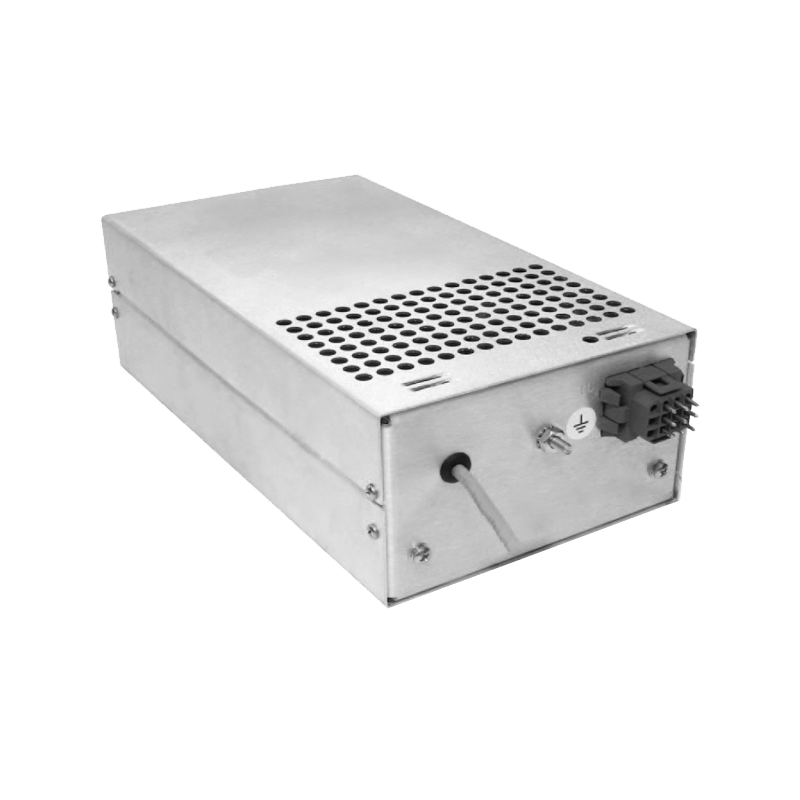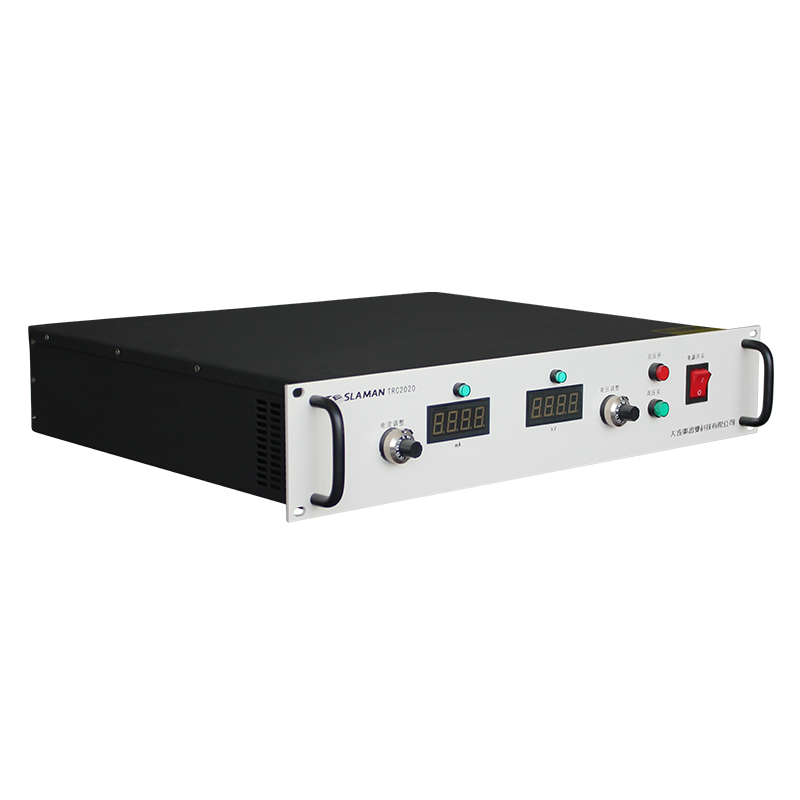The Key Role and Technical Challenges of High-Voltage Pulsed Power Supplies in Electromagnetic Compatibility Testing
With the rapid development of modern electronic technology, electromagnetic compatibility (EMC) has become an important indicator for evaluating the reliability and performance of electronic devices. In this process, high-voltage pulsed power supplies, as a special type of power supply, play a crucial role. This article will explore the key role of high-voltage pulsed power supplies in electromagnetic compatibility testing from a professional perspective and discuss the technical challenges faced.
I. The Key Role of High-Voltage Pulsed Power Supplies
1. Simulating Actual Environments: High-voltage pulsed power supplies can simulate the complex electromagnetic environments that electronic devices may encounter in actual operation, such as lightning strikes and power grid fluctuations. By generating high-voltage pulses with specific waveforms and amplitudes, the devices' ability to resist interference under these extreme conditions can be tested.
2. Triggering Potential Faults: Under certain circumstances, devices may perform well at normal working voltages but exhibit potential faults under the action of high-voltage pulses. Using high-voltage pulsed power supplies for testing helps identify and repair these potential issues, improving the reliability of devices.
3. Evaluating Device Performance: The pulse signals generated by high-voltage pulsed power supplies have fast rising edges and narrow pulse widths, which can fully stimulate the electromagnetic compatibility issues of electronic devices. By analyzing and evaluating the device's response under high-voltage pulses, its performance status can be accurately understood.
II. Technical Challenges
1. Output Accuracy and Stability: The output accuracy and stability of high-voltage pulsed power supplies directly affect the accuracy of test results. To obtain precise test data, it is necessary to ensure that the output parameters of the power supply, such as pulse waveform, amplitude, and frequency, meet the predetermined requirements. This requires the power supply to have high control accuracy and excellent stability.
2. Protection Functions and Safety Design: Safety is the primary consideration during high-voltage pulse testing. The power supply should be designed with comprehensive protection functions, such as overcurrent protection, overvoltage protection, and short-circuit protection, to prevent dangers during the test process. At the same time, the shell and internal structure of the power supply should also meet relevant safety standards.
3. Response Speed and Control Flexibility: To meet the testing needs of different types of electronic devices, high-voltage pulsed power supplies need to have a fast response speed and flexible control methods. This means that the power supply should be able to quickly adjust its output parameters to adapt to different testing scenarios.
4. Energy Loss and Heat Dissipation Issues: High-voltage pulsed power supplies generate significant energy loss during operation, resulting in increased heat generation. If not dissipated in time, it may affect the performance and lifespan of the power supply. Therefore, how to effectively solve the heat dissipation problem is also one of the technical challenges faced by high-voltage pulsed power supplies.
III. Conclusion
In summary, high-voltage pulsed power supplies play an irreplaceable role in electromagnetic compatibility testing. However, to fully leverage their advantages and overcome technical challenges, continuous research and technological innovation are still needed. With the development of power electronics technology and manufacturing processes, we have reason to believe that high-voltage pulsed power supplies will play an even more important role in the field of electromagnetic compatibility testing in the future, providing strong support for the safe and reliable operation of electronic devices.




















